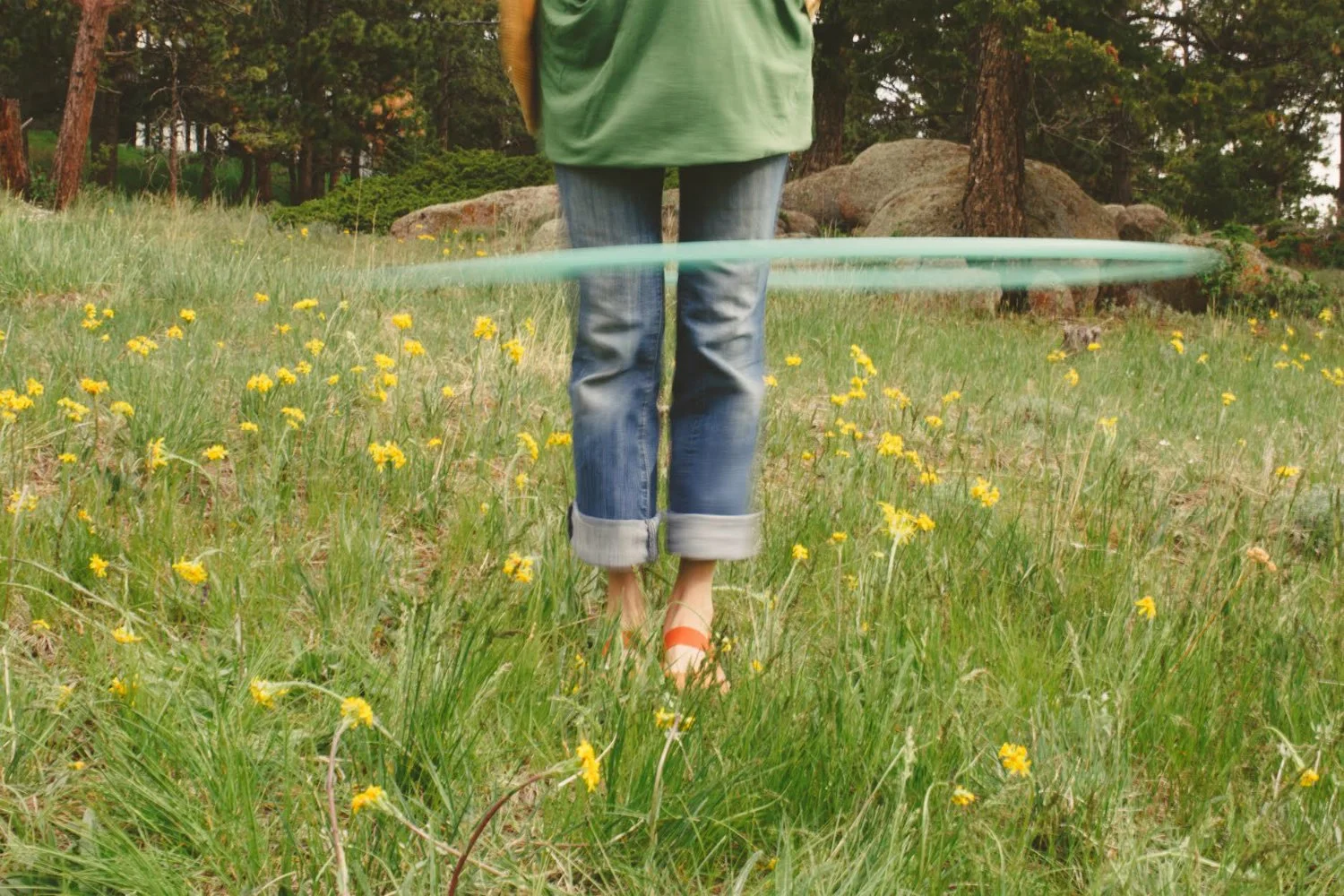Last year I discovered a delightful, but disturbing, little book...called Stuff: The Secret Lives of Everyday Things (by John Ryan and Alan Thein Durning).
The book goes "behind the scenes" of your "stuff". Where did it come from? Who made it? What type of working conditions did they have? What components went into making that item? What kind of environmental impact did it have? It's an eye-opener to see how complicated and wasteful making "stuff" really is. The different items it examines: coffee, newspaper, t-shirt, shoes, bike, car, computer, hamburger, french fries, and cola.
Here are some excerpts from the intro:
"Made in Taiwan". I'd seen thousands of such stickers in my life without ever giving them a second thought. Taiwan. Taiwan. Not just a word on a sticker. It's an island. A country. A real place with real people across an ocean from me. Suddenly, the overloaded shelves around me looked different. I was stripped of the illusion that stuff comes from stores and is carted away by garbage trucks: everything on those shelves came from a real place on Earth and will go to some other place when I'm done with it. Everything had a history -- a trail of causes and effects--and a future. Everything had a life, of sorts. If you tried very hard, you could put a "Made in __________" sticker on each car wax bottle, speaker component, or old magazine on those shelves.
I started wondering where the things in my life come from. As coffee beans, newspapers, and soda cans make their way toward me, what wakes do they leave behind, rippling outward across the world? And what had to happen for millions of people like me to go about our ordinary business...using lots of stuff?
What happens around the world to support a day in the life of a North American is surprising, dramatic, and even disturbing. Multiplied by the billion members of the world's consumer societies, it adds up to stresses greater than the world can withstand. The first step toward solving any problem is recognizing it. I've started by looking at the things in my life in a new way and learning what I can about their secret lives.
One of the reasons why the Compact is so appealing to me, is that it forces me to find new avenues of acquiring things. I am becoming more creative and more patient as I search for an item that I need. When you buy something used or someone gives you a used item...you are helping to stop the need for NEW resources to be tapped to replace that item you bought from the store.
A great example of this from the book is the chapter on the life of a T-shirt. If I went to the mall to buy a new t-shirt (instead of the thrift store), the following resources would be used (paraphrased from p. 20-25):
- Oil: the polyester in the shirt started as a few tablespoons of petroleum (they go on to talk about all the effects of oil drilling, environmental concerns, etc.)
- Cotton: to get the 2 oz. of cotton needed for the t-shirt, 14 square feet of cropland in Mississippi were harvested. The soil was first fumigated with aldicarb, one of the most toxic pesticides applied in the U.S. The cotton seeds were also dipped in fungicide.
- Dyes: Regulated by the EPA as hazardous substances.
- Sewing: the fabric was shipped to Honduras. Honduran women cut and sewed it into a T-shirt and earned 30 cents an hour. After it was completed, the box of t-shirts went to Baltimore, by train to San Francisco, and by truck to Seattle. It was unpacked on a department store shelf under a 150-watt floodlamp. That's where I found it. I bought it because I liked the earth-tone color. And I brought it home by car in a bag of low-density polyethylene from Louisiana.
- Laundry: I spilled coffee on myself and had to change...and I threw the other one into the laundry chute. Later I washed it in water heated to 140 degrees by natural gas flames. Boxed powder detergent and chlorine bleach from a high-density polyethylene bottle removed the coffee from the fabric. The coffee, detergent, and bleach washed into Seattle's sewer system. An electric dryer evaporated the water from my shirt. The greatest environmental impacts associated with my T-shirt arose in my own laundry room: washing and drying the shirt just ONCE demanded 1/10 the energy as manufacturing it in the first place.
What can one person do to make a change in this process? Well, let me tell you. Little things make a big difference. In the case of the t-shirt, you can...
- Buy USED or vintage clothing.
- Wash only full loads of laundry.
- Use warm instead of hot water when you can.
- Wear your clothes more than once before washing.
- Look for organic cotton apparel.
- Encourage others to do the same.
If anything, I hope this has encouraged you to THINK about the secret life of your stuff.






